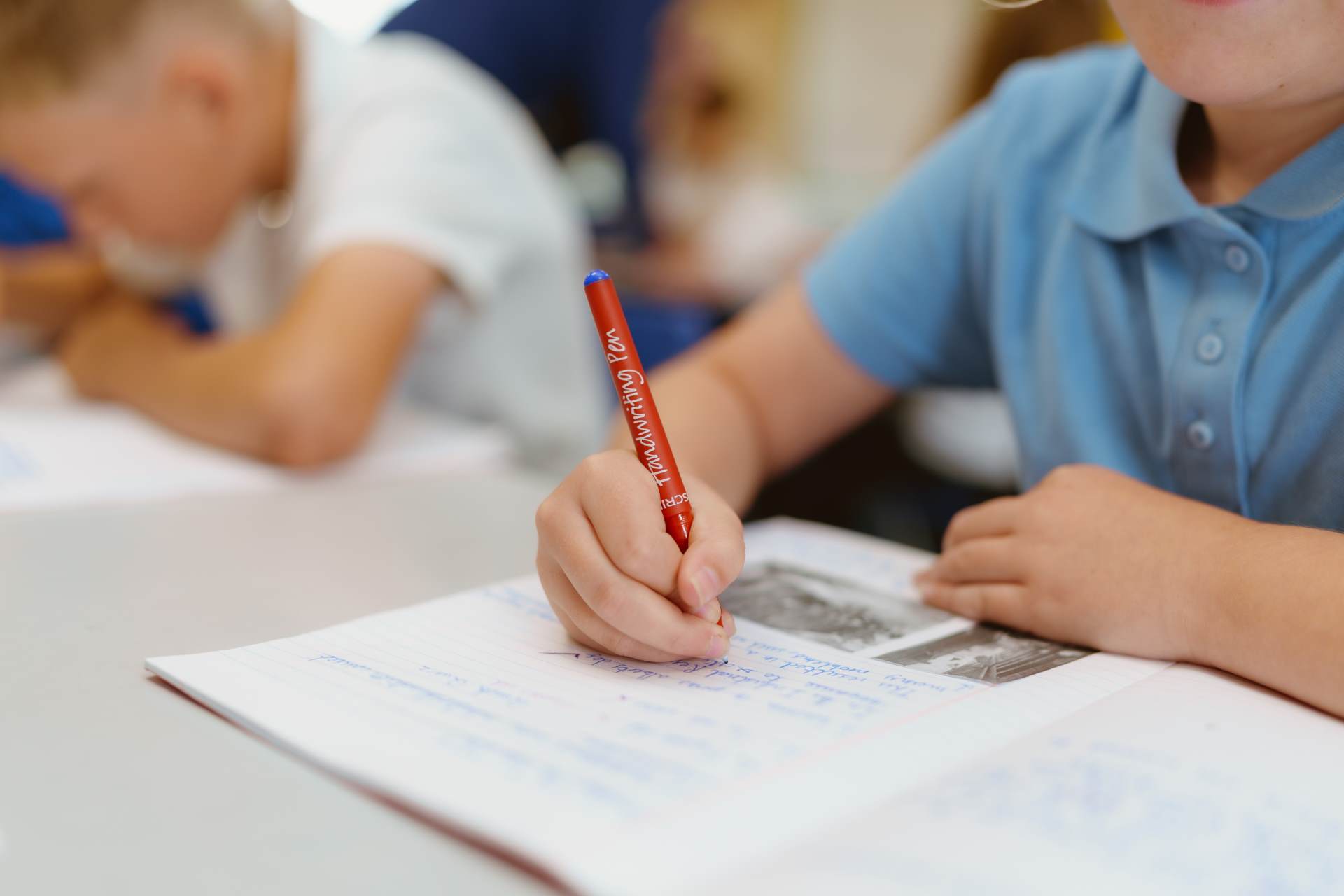English

The Principles of our Curriculum:
- Knowledge is valued and specified
- Knowledge is well sequenced
- Knowledge is taught to be remembered
At Angel Road Schools we teach children to write accurately and coherently, adapting their language and style in and for a range of contexts, purpose and audience. Our aim is create independent, creative writers who can write fluently and accurately, ready for the next stage of their education. We want all pupils to acquire and feel confident using a wide range of vocabulary and have a secure understanding of how grammar enhances their writing.
We believe that oracy will help our children to communicate and articulate their ideas. We encourage talk in all our lessons and introduce children to new vocabulary which will broaden their understanding of the world.
We place strong emphasis on children being able to edit and improve their own writing. Teachers give live feedback regularly, as well as careful written feedback where children have to think for themselves.
All children are supported to make progress. Teachers use models, writing scaffolds, word mats and other resources to enable every learner to achieve well in writing.
We work closely with external partners, such as the DFE Norwich Writing Project, to ensure we continue developing our approach to writing.
Composition, Grammar and Punctuation
Angel Road Schools use Ready to Write by Literacy Counts. It provides a sequenced, ambitious curriculum, that places quality literature at its core. The units have been carefully mapped out to match the entire statutory curriculum for writing with each unit building on prior learning. Careful assessments by teachers enable planning to be adapted to ensure that gaps in knowledge are taught.
Grammar and punctuation are taught within pieces of writing. Children have daily sentence accuracy starters which teach children to use punctuation correctly. In our vehicle texts, children have exposure to correct grammar structures and punctuation use, enabling them to use these in their own writing. You can find more information about how this progress in our 'Writing Progression' overview below.
Handwriting
From the EYFS, children begin to learn how to hold a pencil correctly. We build on children's mark making and teach them how to form letters accurately. Children write daily, enabling them to practise what they have been taught. During phonics sessions, children have further opportunities to practise their letter formation.
Children begin learning cursive, joined handwriting in Year 2. This ensures that by the time children reach Year 6, they can join their handwriting fluently and develop their own style. We use the Penpals Handwriting scheme to support our teaching of handwriting.
Spelling
In the EYFS and Year 1, children learn spellings through our phonics programme 'Read Write Inc'. You can find more information about this here. From Year 2, we teach children to be able to spell new words by applying spelling patterns, rules and grapheme knowledge. We teach children strategies to support their own development of spelling and encourage children to use their phonics
Spelling in Key Stage 2 is taught daily and, while phonics still underpins much of it, developing children’s understanding of morphology and etymology of words also plays a role. It is important that children are taught the relationship between the meaning of words and the spelling. Spelling lessons teach children how to spell words with suffixes and prefixes and the general principles for adding them to root words as well as exceptions to those rules. The teaching of statutory words is important as these are words that children often misspelled and have been identified as words that children frequently use in their work.
You can find the spelling patterns taught across the curriculum on our whole school curriculum map.
